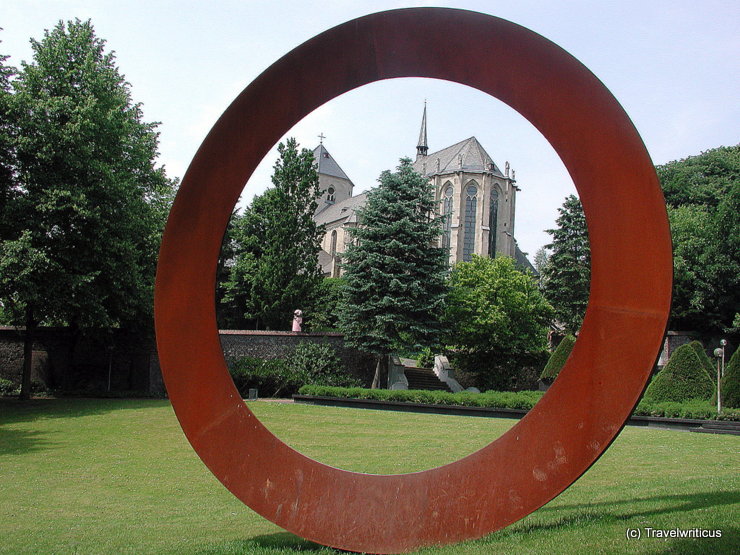
The Basilica of St. Vitus (Münster St. Vitus) stands on the Abteiberg in Mönchengladbach. The church forms, along with the town hall and the Church of the Assumption (Kirche St. Mariä Himmelfahrt), the historical city center. [German]
You only see what you know (Goethe)

The Basilica of St. Vitus (Münster St. Vitus) stands on the Abteiberg in Mönchengladbach. The church forms, along with the town hall and the Church of the Assumption (Kirche St. Mariä Himmelfahrt), the historical city center. [German]
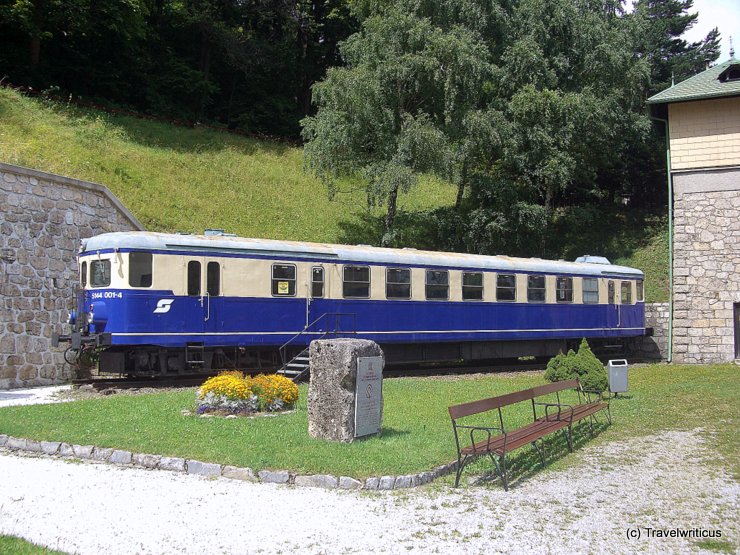
Passengers of trains running along the Semmering Railway World Heritage Site may have seen this diesel railcar at Semmering station. It is a railcar of the ÖBB Class 5144, dating back to 1951. [German]
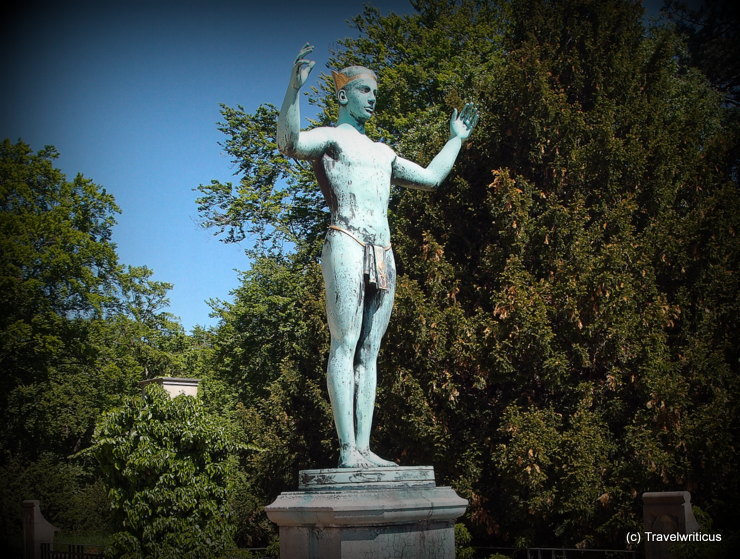
This bronze sculpture titled Sonnenanbeter (Sun Worshiper) stands on the terrace of Schloss Eckberg (Eckberg Mansion) in Dresden. From there, guests have a fine view of the Elbe Valley. The creator of this artwork was Sascha Schneider. [German]
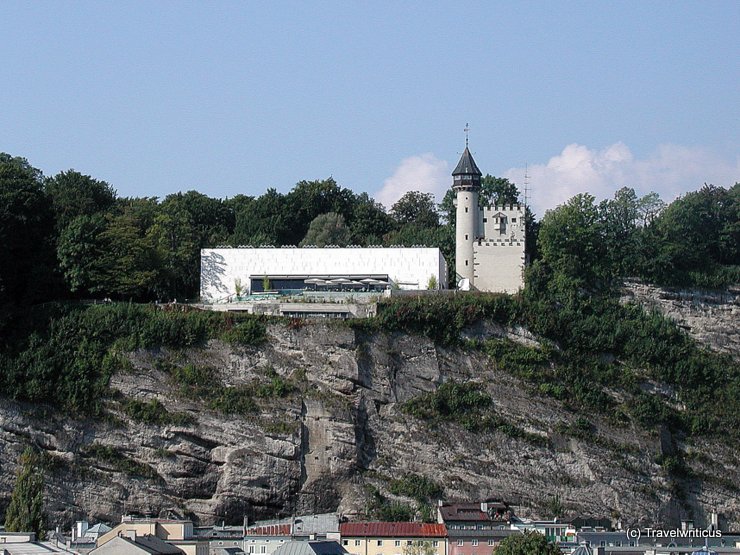
Guests of Salzburg know this view well: A castle-like tower high over the city, adjacent to a white building with a set of sunshades in front of it. We speak about a former water tower and the Museum der Moderne Salzburg.
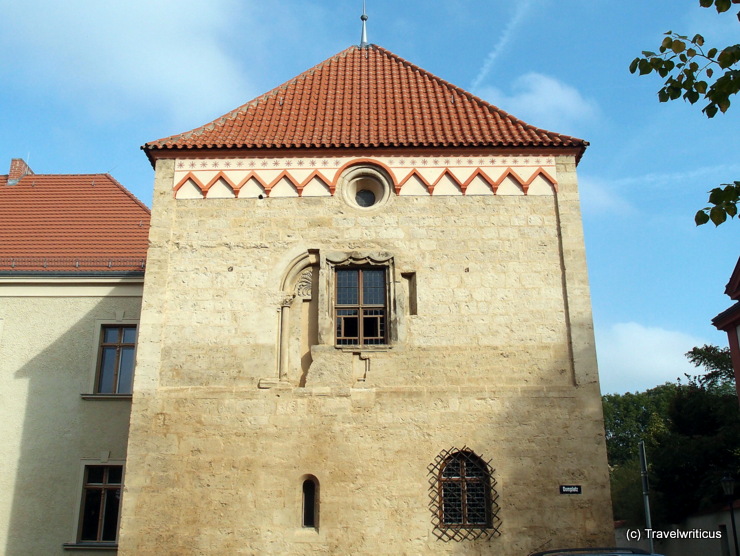
The Chapel of St Giles (Ägidienkapelle) in Naumburg was part of the medieval cathedral curia. Today, the 13th-century chapel forms a station along the Southern Route of the Romanesque Road (Straße der Romanik) in Saxony-Anhalt.
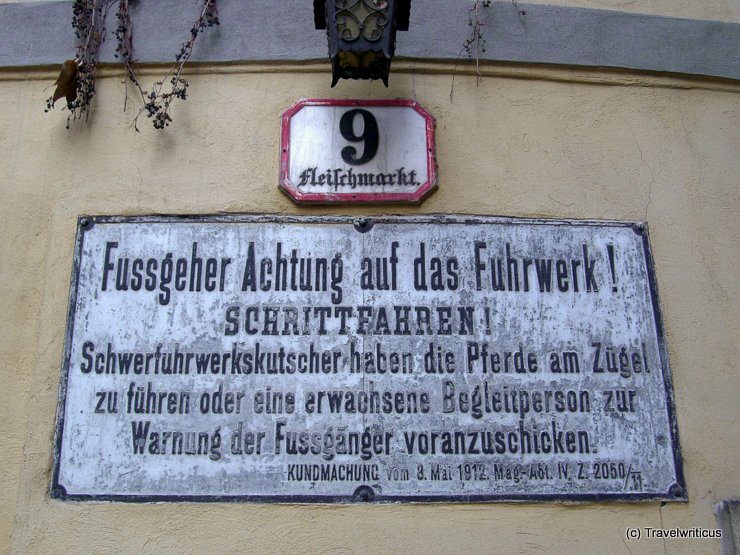
On my walk through Vienna, I came across this sign dating back to 1912. It asked drivers of heavy horse-drawn wagons to walk next to the horses or to send an accompanying person ahead to warn the pedestrians.

The Zeche Zollverein (Zollverein Coal Mine Industrial Complex) is a former industrial site in the German city of Essen. Today, it is considered a UNESCO World Heritage Site and an anchor point of the European Route of Industrial Heritage.
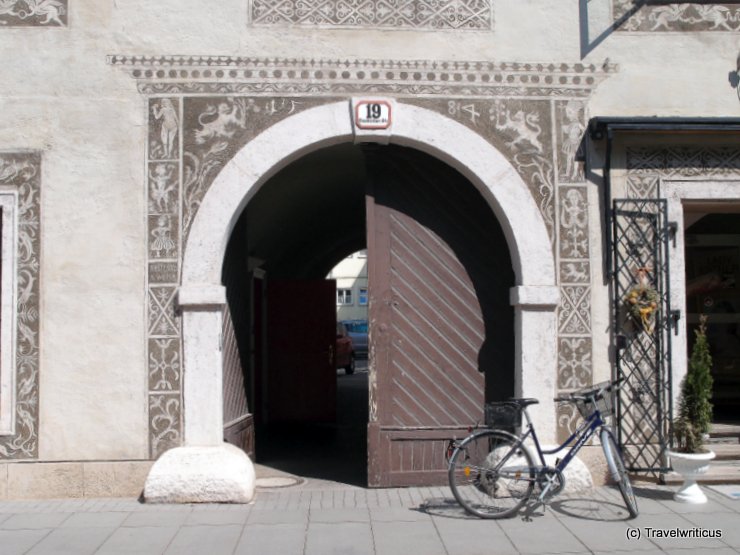
You find this building with lovely sgraffito at Neunkirchner Straße 19 in Wiener Neustadt. Around the gate, visitors see mythological creatures and the date 1584. The core of the house dates back to the 14th century.
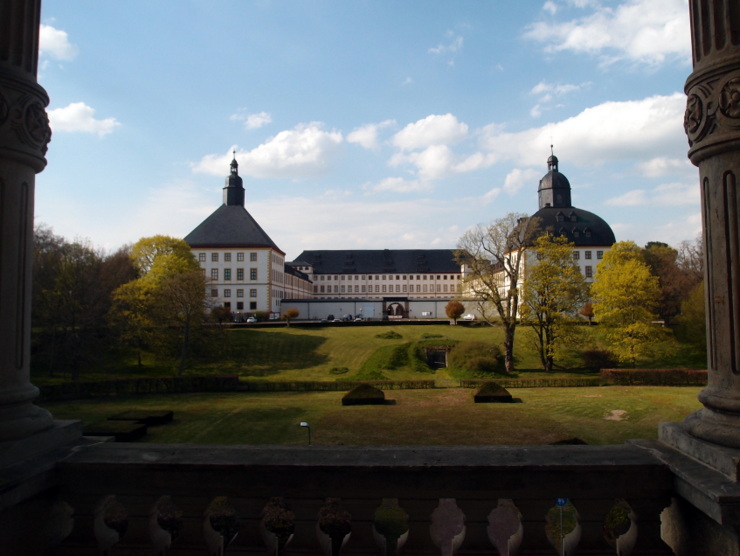
I took this view of Friedenstein Castle (Schloss Friedenstein) from the staircase of the Ducal Museum of Gotha. The early Baroque palace was built in the mid-17th century by Ernest I, Duke of Saxe-Gotha. [German]
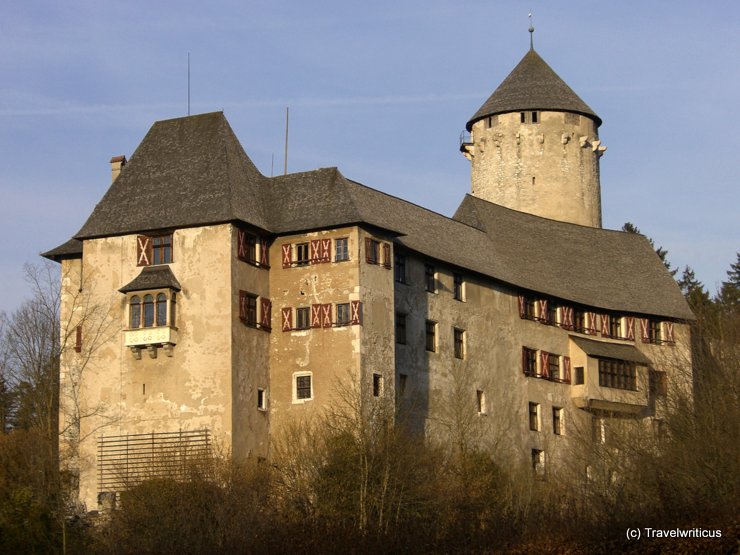
Matzen Castle in Reith was first mentioned in the 13th century. In earlier times, a settlement named Mascianum guarded a Roman street here. Today, the building houses a castle hotel. [German]
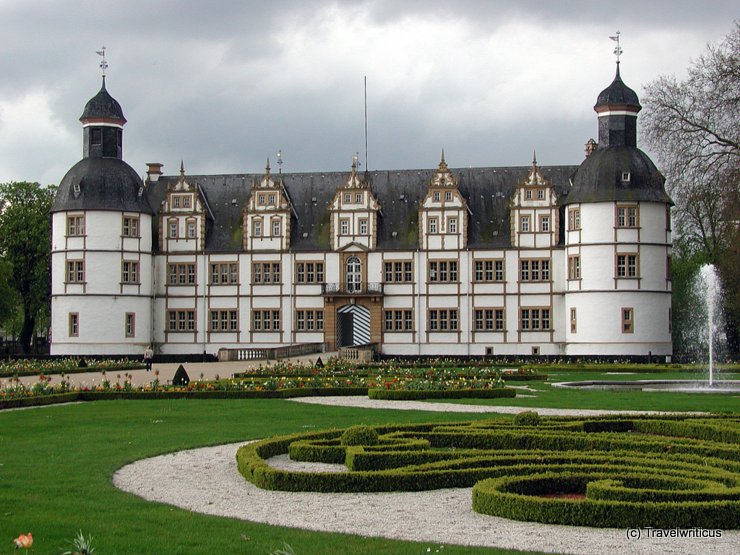
In Paderborn, I visited a palace in the style of the Weser Renaissance named Schloss Neuhaus. In 1994, a State Garden Show took place on the palace grounds (Schlosspark). So, I had a lovely walk along the flower beds, dating back to this event. [German]
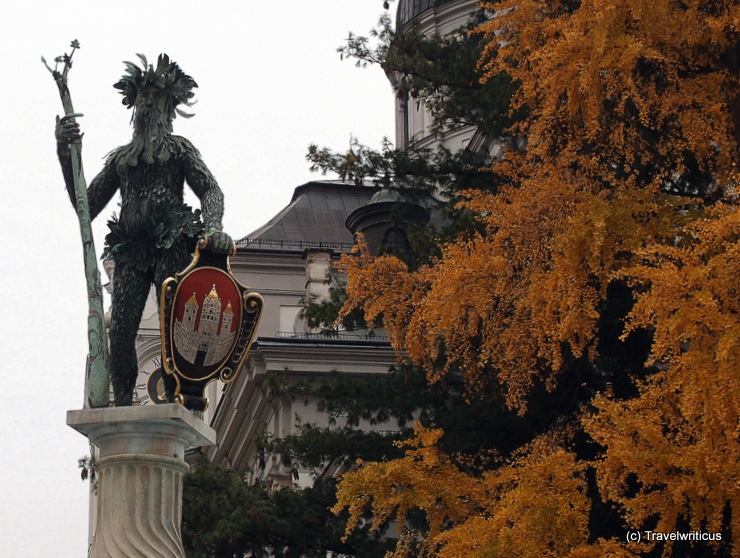
The Wild Man Fountain (Wilder-Mann-Brunnen) has existed since the beginning of the 17th century. Its water basins kept the fish fresh on the fish markets. Today, the fountain stands on the Max Reinhardt Square opposite the Grand Festival Hall. [German]